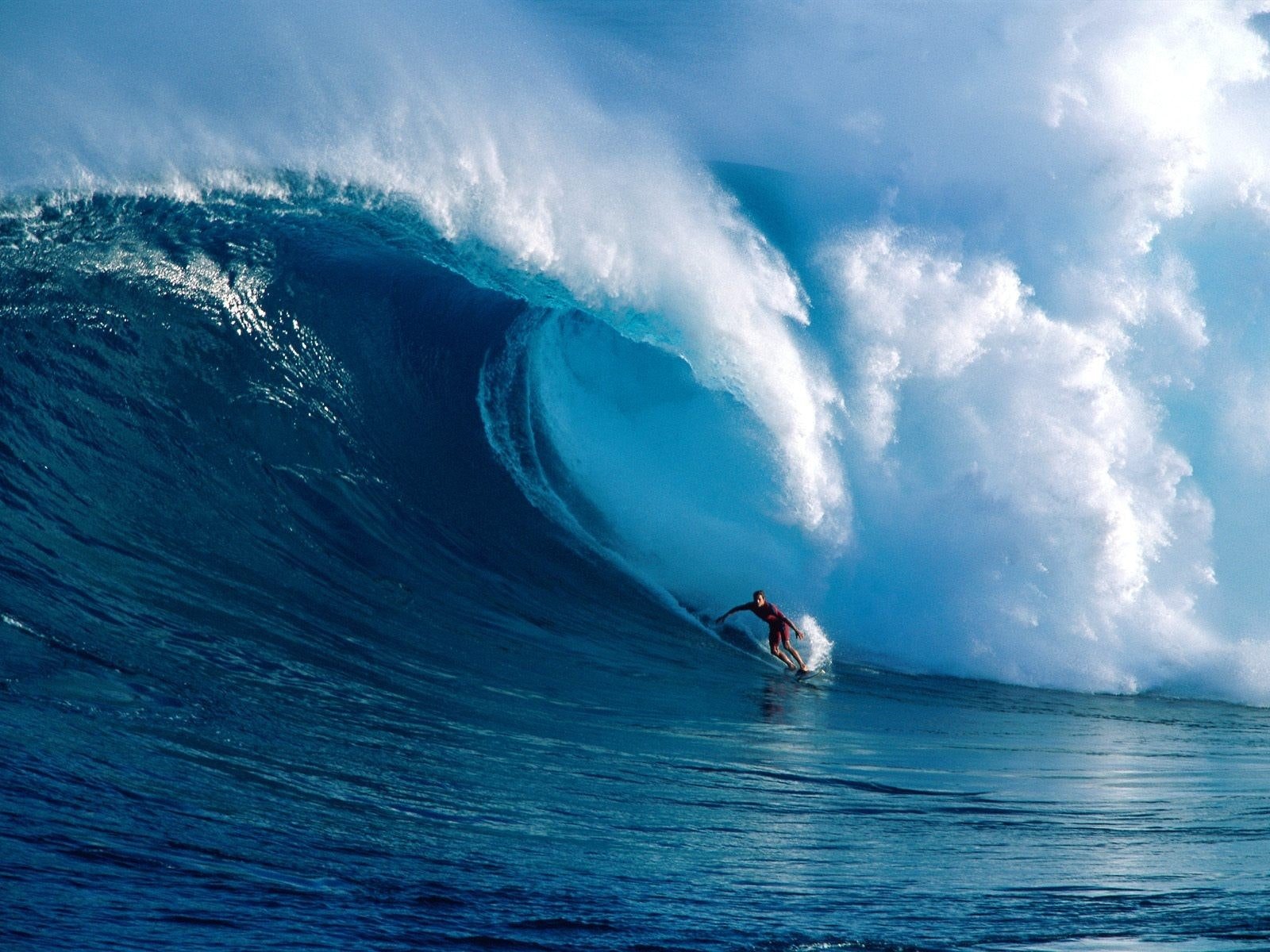Surfers love a challenge. Monstrous surf breaks at Nazare and Pehai (Jaws) attract people from around the world. For thrill-seekers, the prospect of riding a tsunami is the ultimate surfing experience. But is surfing a tsunami possible? The short answer is no. Attempting to ride one will almost certainly result in a grisly death. Let’s take a look at some of the reasons why surfing a tsunami is a horrible idea.
Catching A Tsunami Is Impossible
Before you can even think of riding a tsunami, you need to catch the wave. This is a major challenge. Tsunami waves are formed by natural events. Most likely a deep-sea earthquake. However, volcanic eruptions or comet impacts can also displace enough water to create the wave. Dramatic landslides can also start the wave.
The problem is that these events are impossible to predict. At most, you are going to get a few hours warning before the wave hits. Plus, unlike a traditional wave, you can’t paddle out to meet it. Try this and you’ll be crushed by the impending wall of water.
The Waves Have The Wrong Structure
The biggest issue is the way the tsunami wave is formed. This makes it virtually impossible to surf. Tsunamis carry an enormous amount of energy. Once they hit the shallow coastline, that energy can be released. Producing the towering wave that we are familiar with.
However, this wave is different from the ones you’d encounter on a beach. Tsunamis tend to look like a solid wall of water. Importantly, they lack a face for a surfer to grip onto. Trying to surf on top of the wave is even more dangerous. You’ll be faced with powerful white water. In these conditions, it's virtually impossible to keep control of your surfboard.
Furthermore, the tsunami will be moving at phenomenal speeds. Most of the time, they’ll move at 30 miles (50 kilometers) an hour. The wave will tower 100 feet (30 meters) high. Faced with these conditions, falling off your board would mean death.
However, the exact nature of the waves will depend on the way the ocean floor is structured. For example, some tsunamis can begin with a series of longer flooding waves.
Obstacles In The Water
When a tsunami approaches the shore, the water recedes. Everything from a soft drink can to people who were swimming at the time will get sucked out to sea. Furthermore, once the wave hits the coastlines, the amount of debris would increase rapidly. You’d have to dodge things like cars and the remnants of buildings.
To make matters worse, this debris will contaminate the water. Filling it with potentially harmful bacteria. Even if you survive the wave, you’d have to worry about wounds becoming infected.
Conclusion
The idea of riding a tsunami sounds like fun. The reality, though, would be anything but. Anyone attempting this feat would face near-certain death. Tsunamis are one of the most powerful natural forces on the planet. They have the potential to destroy entire coastlines, laying waste to anything in their way. If you see one coming, leave your surfboard behind and start running for the hills.

